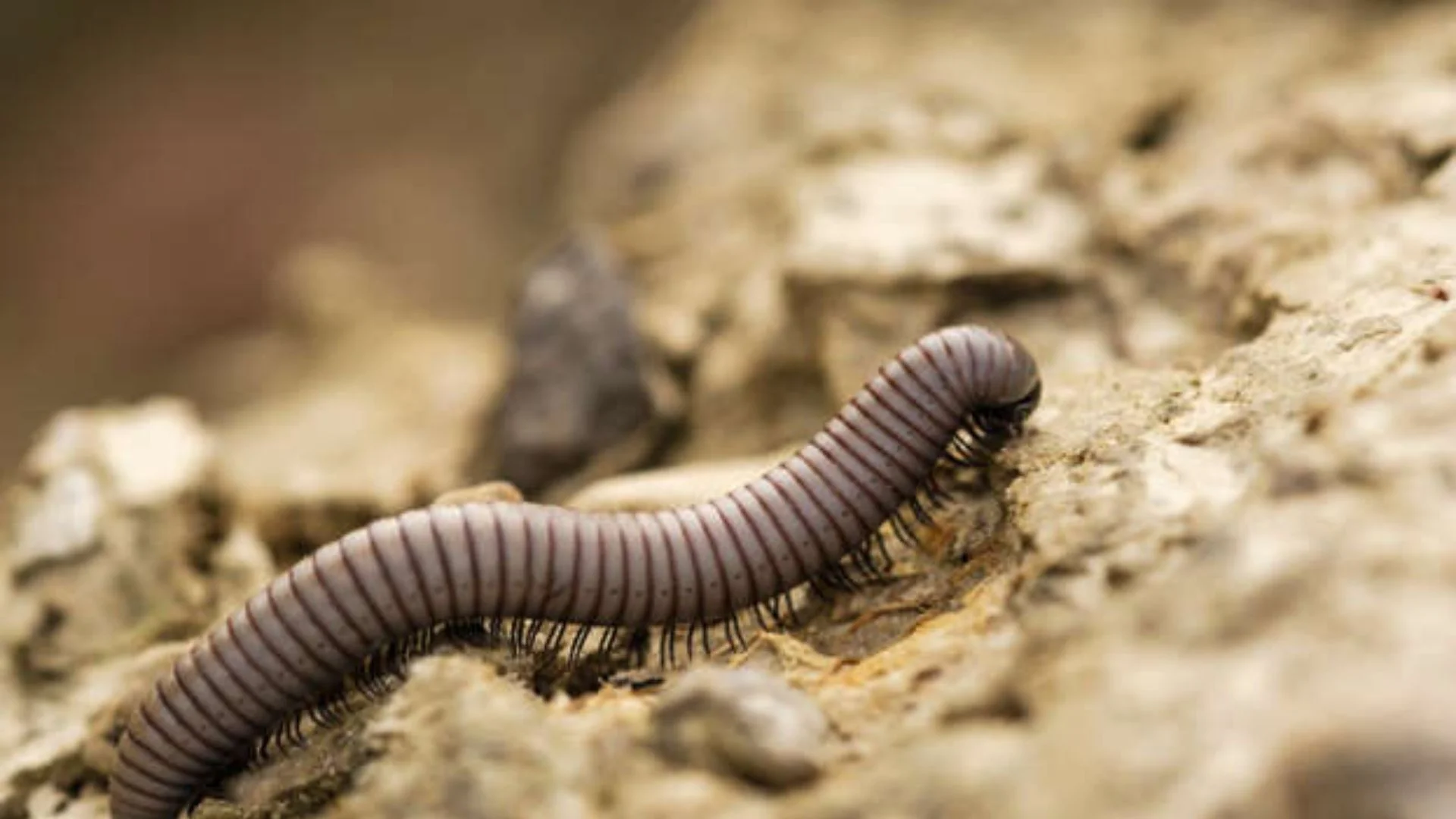After centuries of speculation, scientists have finally unraveled key details about Arthropleura, a massive, millipede-like creature that roamed the Earth 340 million years ago. This giant arthropod, whose size and characteristics had long puzzled researchers, was better understood following the discovery of juvenile fossils in a French coal field in the 1980s. By using advanced CT scanning, researchers could reconstruct the creature’s head without damaging its fragile remains.
The scans revealed that Arthropleura had a round head with two short, bell-shaped antennae and protruding eyes resembling those of crabs. Its small mouth likely scavenged leaves and bark from the dense forests it inhabited. Additionally, researchers discovered that the creature shed its exoskeleton through an opening on its head, a feature common among arthropods.
WE SAID LEGGY FELLA WAS GONNA HAVE NEWS
MEET THE NEW Arthropleurahttps://t.co/stbp4i4EpQ pic.twitter.com/4E6cIyMazn
— Dactylioceras🇵🇸 (@Dinoh555) October 9, 2024
Mickael Lheritier, a co-author of the study, highlighted the creature’s unique appearance, stating, “It had the body of a millipede, but the head of a centipede.” Paleobiologist James Lamsdell, who wasn’t part of the research, emphasized the importance of the discovery, noting how delicate fossils often make it difficult to fully understand ancient creatures.
Arthropleura, an ancestor of modern centipedes and millipedes, belongs to the vast arthropod group, which also includes insects, crustaceans, and arachnids. Since the late 1800s, scientists have meticulously studied Arthropleura fossils, gradually piecing together the creature’s role in the ancient ecosystem. The recent findings offer fresh insight into this colossal arthropod and its significance in Earth’s prehistoric past.




















